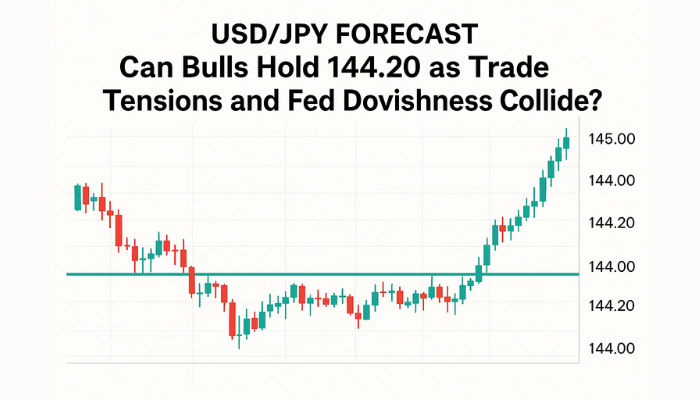Crude Oil Slips Below $58 Amid Bearish Bias – Quick Fundamental Outlook!
During Wednesday's Asian trading session, the WTI crude oil price extended its long-week bearish rally and hit the six-week low around below
During Wednesday’s Asian trading session, WTI crude oil extended its week-long bearish rally and hit the six-week low around below the $58.00 level after the U.S. crude oil supply data from the American Petroleum Institute showed a build of 2.927 million barrels for the week ending March 19, which in turn, raised oversupply concerns and contributed to the crude oil losses. Meanwhile, the series of renewed lockdown measures in most European countries faded the prospects for a speedy recovery in consumption, putting pressure on the crude oil prices. Across the Atlantic, the reason for the heavy losses in crude oil prices could also be tied to the market’s prevalent downbeat sentiment, which was being pressured by the fears of the US-China trade war, geopolitical tensions, and virus-led downbeat statements.
In addition to this, the broad-based U.S. dollar strength, backed by the risk-off market sentiment, was also seen as one of the key factors that kept the crude oil prices under pressure as they are inversely related to the price of the U.S. dollar. At the moment, crude oil is trading at $57.84 and consolidating in the range between 57.30 and 58.06. Moving on, the traders seem cautious to place any strong bid ahead of data from the U.S. Energy Information Administration, which is due later in the day.
At the data front, the U.S. crude oil supply data from the American Petroleum Institute showed a build of 2.927 million barrels for the week ending March 19 against the forecast for a 900,000-barrel build and 1-million-barrel draw, which was recorded during the previous week.
On the other hand, the third wave of coronavirus is getting more serious day by day, which has triggered renewed restrictive measures in several countries. In the meantime, the number of cases is also rising in India, the third-largest oil importer globally. Despite this, investors are cheering the continuing global COVID-19 vaccine rollouts and a $1.9 trillion boost from the U.S. in the form of its stimulus package, which in turn becomes the key factor that helps crude oil prices limit their downside momentum.
The bearish crude oil prices could also be associated with the doubts over the Sino-American trade deals, which in turn weighs on the risk sentiment and contributes to the higher-yielding crude oil losses. Conversely, the oil bulls have hopes amid chatters over US-Russia pipeline jitters and Saudi-Iran tussle.At the USD front, the broad-based U.S. dollar extended its previous day’s positive performance. It drew some further bids on the day amid concerns over a third- COVID-19 wave in Europe, potential U.S. tax hikes, and escalating tensions between the West and China, which hurt the risk appetite and contributed to the greenback gains. It is worth recalling that the U.S. dollar has risen 2% so far during the first-quarter of 2021 and was being supported by the rollout of COVID-19 vaccines in the U.S. and the signing of a $1.9 stimulus package into law earlier in the month. Strong hopes for U.S. economic recovery also pushed U.S. bond yields up and drew investors to the U.S. dollar. However, the U.S. dollar rose, making commodities priced in the currency more expensive, which became the key factor that kept the crude oil prices under pressure. Meanwhile, the U.S. Dollar Index that tracks the greenback against a bucket of other currencies rose to a two-week high at 92.412.
Looking forward, the market traders will keep their eyes on the data from the U.S. Energy Information Administration, which is due later in the day. Meanwhile, the U.S. Durable Goods Orders for February and Fed Chairman Jerome Powell’s second innings in Congress will also be the key to watch. Good luck!
- Check out our free forex signals
- Follow the top economic events on FX Leaders economic calendar
- Trade better, discover more Forex Trading Strategies
- Open a FREE Trading Account


